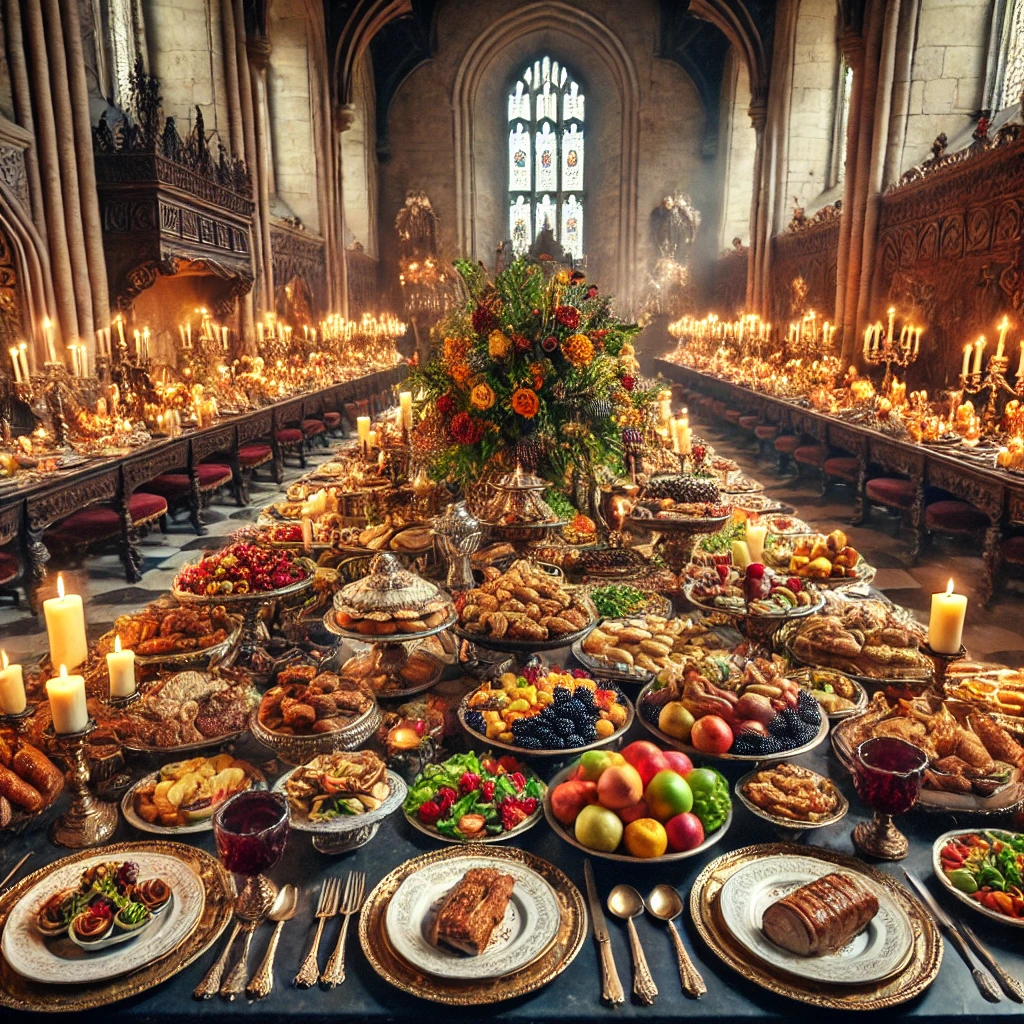
Embarking on the journey toward marriage is an exciting time filled with joy and anticipation. Amidst the whirlwind of planning and celebration, it’s crucial to understand the legal steps required to make your union official. This guide will help you navigate the essential legal requirements so you can focus on starting your new life together.
Marriage License: Your First Legal Step
The marriage license is a critical document that grants you the legal right to marry. Obtaining it should be one of your first tasks in the wedding planning process.
Where to Apply: Visit your local county clerk's office or city hall to apply. Some jurisdictions allow online applications, which can save time.
Waiting Periods: Be aware that some areas impose a waiting period between obtaining the license and the wedding ceremony. This can range from 24 hours to several days.
Expiration Dates: Marriage licenses have expiration dates, typically between 30 to 90 days. Ensure your wedding date falls within this window to avoid reapplying.Gathering Necessary Documentation
Proper documentation is essential to verify your identity and eligibility for marriage.
Birth Certificates and IDs: Both parties need to provide government-issued photo IDs, such as a driver's license or passport. A certified copy of your birth certificate may also be required.
Proof of Marital Status: If either of you was previously married, bring divorce decrees or death certificates to prove the dissolution of the prior marriage.
Social Security Numbers: Some states require you to provide your Social Security number, even if you don't present the card itself.Understanding Residency and Age Requirements
Each jurisdiction has specific rules about who can legally marry.
Age Requirements: The standard legal age to marry without parental consent is 18. Those aged 16 or 17 may marry with parental consent, while those under 16 often need a court order.
Residency Requirements: Some states require you to be a resident to obtain a marriage license there, while others do not. If you're planning a destination wedding, check local laws to ensure compliance.
Waiting Period Post-Divorce: Certain states mandate a waiting period after a divorce is finalized before you can remarry, typically ranging from 30 days to six months.Blood Tests and Medical Exams
While not as common today, some places still require medical proof before issuing a marriage license.
Blood Tests: Historically used to test for diseases like syphilis or rubella, only a few states still require them.
Medical Certificates: In some countries, you may need to provide a medical certificate confirming you and your partner are free from certain illnesses.Finalizing the Legalities
After the ceremony, there are a few more steps to ensure your marriage is legally recognized.
Marriage Certificate: Once married, your officiant will submit the signed marriage license to the appropriate government office. You'll then receive a marriage certificate, which is the legal proof of your union.
Name Change Process: If you choose to change your last name, use your marriage certificate to update identification documents like your driver's license, passport, and Social Security card.Tips for a Smooth Process
Plan Ahead: Start gathering necessary documents well in advance to avoid last-minute stress.
Double-Check Requirements: Laws can vary widely by state and country, so verify all requirements with local authorities.
Keep Copies: Make copies of all documents submitted and received for your personal records.
Consider Legal Advice: If you have unusual circumstances, such as international residency or prior legal issues, consult a lawyer to navigate the complexities.Conclusion
Understanding and fulfilling the legal requirements for marriage might seem daunting, but with careful planning, it can be a straightforward process. Taking care of these details early allows you to focus on the joy of your upcoming wedding and the life you’re building together.
















